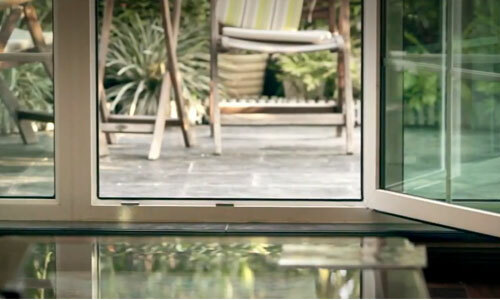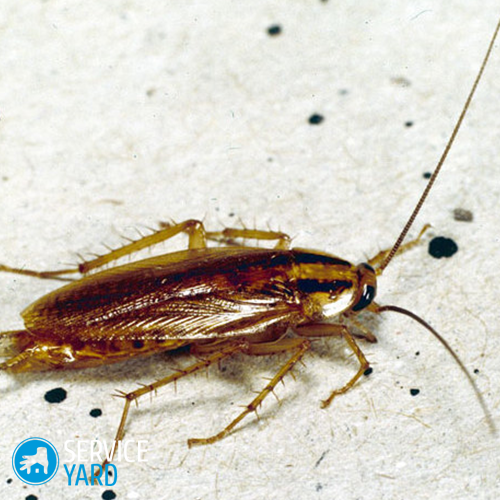Only with the advent of plastic windows, we really learned the meaning of words like "comfort" and "comfort".With such windows you can not be afraid of the cold, prickly wind raging in the street, and the nasty, ubiquitous drafts that steal precious heat.

In connection with the popularity of plastic windows for their production are taken by everyone who is not too lazy, and the spread of prices for this product is quite significant. How to distinguish a quality PVC window from substandard, if they are so similar in appearance? The answer is simple: a quality window is, above all, a quality profile. On what profile of plastic windows to choose, let's talk in this article.
Do you have any documents?
Any profile of good quality must have a special document: quality confirming. Such a document is a certificate of conformity, and the manufacturer of window structures must present it at your first request. A sign of the highest profile quality is the availability of international certificates.
The most significant of these is the RAL certificate. Its effect extends not to all brand products, but only to the production made at a particular plant that has passed this certification. Companies KBE, Rehau, VEKA have such documents.
The latter, by the way, is a Russian company, RAL certificates have been received by its plants in Moscow and Novosibirsk. Another "solid" certificate - DIN ISO 9001: 2000.Its presence suggests that the company operates a quality control system of international class. The mentioned factories of Veka are also holders of this certificate.
Mounting depth
Different types of profiles of plastic windows differ in mounting depth - the size between the surfaces that look at the street and inside the room. Standard size - 58 mm - is considered to be universal. The maximum thickness of the double-glazed window for this profile is 32 mm. Indicators for noise and heat insulation meet the requirements of an overwhelming number of consumers.
Profiles with a depth of 70 mm are designed for double-glazed windows up to 42 mm thick. Windows made from such a profile have improved heat and noise-insulating qualities.

Profiles are also produced with mounting depths of 80, 90 and 104 mm.
The height of the profile is also very important for the rigidity of the window. In general, you can follow the rule: the more massive the profile, the more rigid and stable will be the geometry of the window.
Warning, hidden camera!
The cavity of the plastic profile is divided by vertical partitions into several chambers. In profiles with a width of 58 mm, they are usually three:
Outdoor( from the street side)
It is necessary to collect atmospheric moisture, which is then diverted through the drainage channels.
Medium
In this chamber a metal reinforcing element is placed, providing rigidity of the entire window structure.
Inside( room side)

Thanks to this chamber, the plastic window has thermal insulation properties.
Increasing the number of cameras is a technological necessity that arises when the width of the profile is increased. For example, in a profile with a width of 70 mm there are already 4 cameras, and for a width of 90 mm it is necessary to do 6 cameras.
To increase the number of cameras at the same width of the profile is meaningless, it will not affect its physical and technical characteristics at all. Therefore, if you are offered to buy windows from the "more expensive but improved" four-chamber profile with a width of 58 mm - be aware that you are "bred".
Class inequality
Profiles of plastic windows come in two classes: class "A" and class "B".Profiles of the second variant - class "B" - are also called "object" or "economical".Particularly credulous buyers can report that this is a "lightweight" version, hinting that it is supposedly better for installation and operation.
If you do not show any particular interest, then the seller of the window from the profile of the second class will most likely accent your attention on this fact, trying to hide it behind the exquisite compliments to its products and the profile from which it is made. Inexperienced buyers are "being led" to this trick, especially since the "B" profile is cheaper than the "A" profile, despite the fact that both externally and internally they hardly differ.

Let's clear up the situation. The fact is that the outer wall of the class "B" profiles has a smaller thickness than the class "A" profile. If for the class "A" the value of this parameter is 3 mm, then the outer wall of the class "B" profile can have a thickness of 2.7 and even 2.5 mm. Such a difference of a few tenths of a millimeter seems at first glance insignificant. However, it becomes the reason of some unpleasant consequences:
- weak fixing of accessories, which is the reason of blowing;
- window adjustment has to be performed more often;
- higher is the risk of failure of the fittings;
- insufficient rigidity causes deterioration in the geometry of the window, causes the sashes to sag and the window structure fails;
- welded seams in the corner joints of the profile have a smaller build-up, which can cause cracks in these places;
- windows of class "B" have a shorter service life than windows of class "A".
Obviously, such "savings" sooner or later will result in rather significant expenses. Therefore, we highly recommend: buy a profile of class A plastic windows, even if their cost is much higher. Practice shows that these costs will pay off due to the reliability and durability of the product.
In conclusion, I would like to remind you of vigilance. Remember that any certificate can be faked. Do not rush to pay money to vigorous young men who walk around the apartments, offering the installation of plastic windows from a "solid manufacturer".Do not apply to dubious, no-known firms, even if their office is elegantly furnished, and smiling staff vying to offer you coffee.
It's best to sign a contract for installing windows with a well-known company that has been working in this field for a long time. In this case, you are guaranteed to get the desired quality, which will often rejoice in the cold autumn evenings.



